Larikskapel
Rotterdam, NL
Hall church with roof turret. In the Rotterdam district of Schiebroek. Dutch Reformed Church until 1957. Then Reformed Church (Liberated). New entrance and restored in 1975.
Here you can search for a building to visit. You can use the map find destinations, or you can use the filters to search for a building based upon what different criteria.
Rotterdam, NL
Hall church with roof turret. In the Rotterdam district of Schiebroek. Dutch Reformed Church until 1957. Then Reformed Church (Liberated). New entrance and restored in 1975.
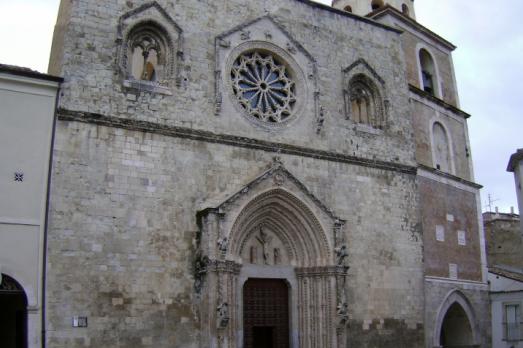
Larino, IT
The cathedral of Larino dates back to the 13th century. A plaque on the entrance portal bears witness to the date of its consecration, 30 July 1319. In the 14th century the frescoes on the walls and pillars, representing saints, were made. In the 16th century, the bell tower, the base of which was built in 1451, was completed. In 1537, a fresco of the Annunciation was added to the left of the main entrance, in the inner part.
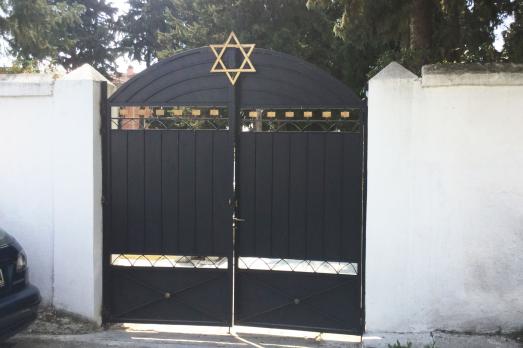
Larisa, GR
The exact period of the cemetery’s establishment is unknown, but it can be assumed that it emergedat some point between the 17th and 19th centuries.
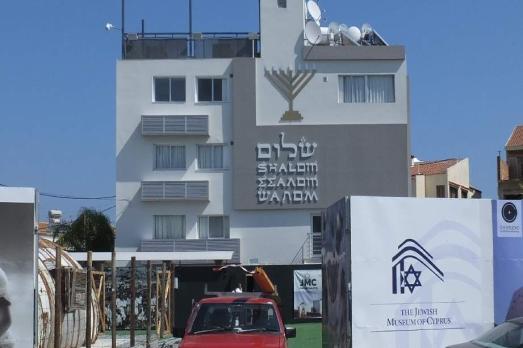
Larnaca, CY
The building is located in the south-western part of the town.
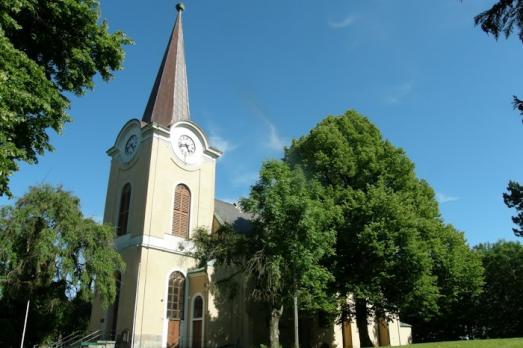
Larvik, NO
The church in Larvik is a long yellow brick church built in 1677. In 1741, the church received a vestry and in 1760 a bell tower. In the years 1859-64, the church was rebuilt according to the designs of the architect Christian Heinrich Grosch. A new portal with a porch was built on the east side of the nave.
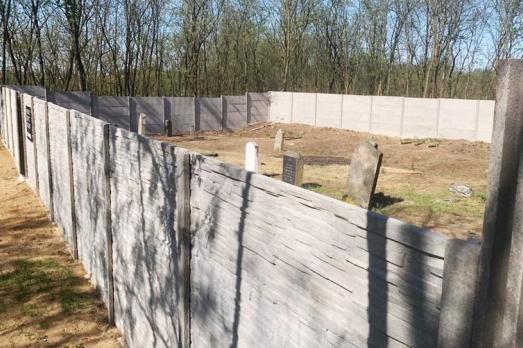
Laskod, HU
While the Jewish cemetery of Laskod is not marked on the cadastral map of 1870, the earliest tombstone found in this cemetery dates to 1853. The cemetery was in use until at least 1921, which is the date marked on the latest tombstone found in the cemetery.
Enschede, NL
Monumental, iconic interbellum church with tower. Built as Dutch Reformed Church. From 1971 in use as Dutch Reformed Church (NGK).

Latina, IT
Latina Cathedral, dedicated to St. Mark the Evangelist, was built in the 1930s. In 1986 the church of San Marco in Latina became the cathedral of the "new" diocese of Latina-Terracina-Sezze-Priverno.

Lau, SE
Lau Church is one of the 92 medieval churches on the island of Gotland.
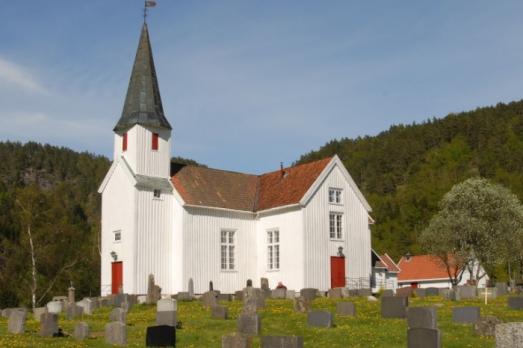
Lindesnes, NO
The Laudal church is a wooden church dating from 1826. The present church is the third in the town, the first dating from the Middle Ages, the second from the 18th century. The present church was designed by Leg Askjellson.

new
The Chassidic Route is a cultural and historical trail tracing the rich legacy of Jewish communities in southeastern Poland and western Ukraine. This region was central to the rise of Chassidism in the 18th century. Here, we highlight 10 remarkable synagogues you’ll discover along this route.

he cradle of the Industrial Revolution in Germany, Chemnitz, is well-known for its industrial heritage landscape, but the city is also home to remarkable examples of religious architecture from different historical periods. Join us as we explore the key landmarks of this European Capital of Culture 2025.

The twin towns of Nova Gorica (Slovenia) and Gorizia (Italy), lying on the border between the two countries, have a rich religious heritage, steeped in centuries of tradition. If you are looking for ideas for your visit, take note of these 10 religious sites that you should not miss.